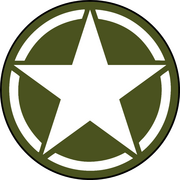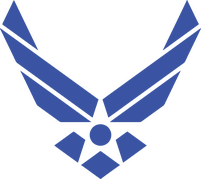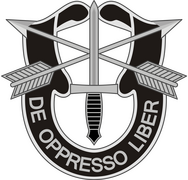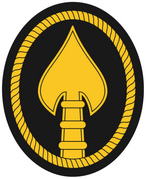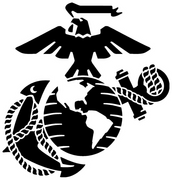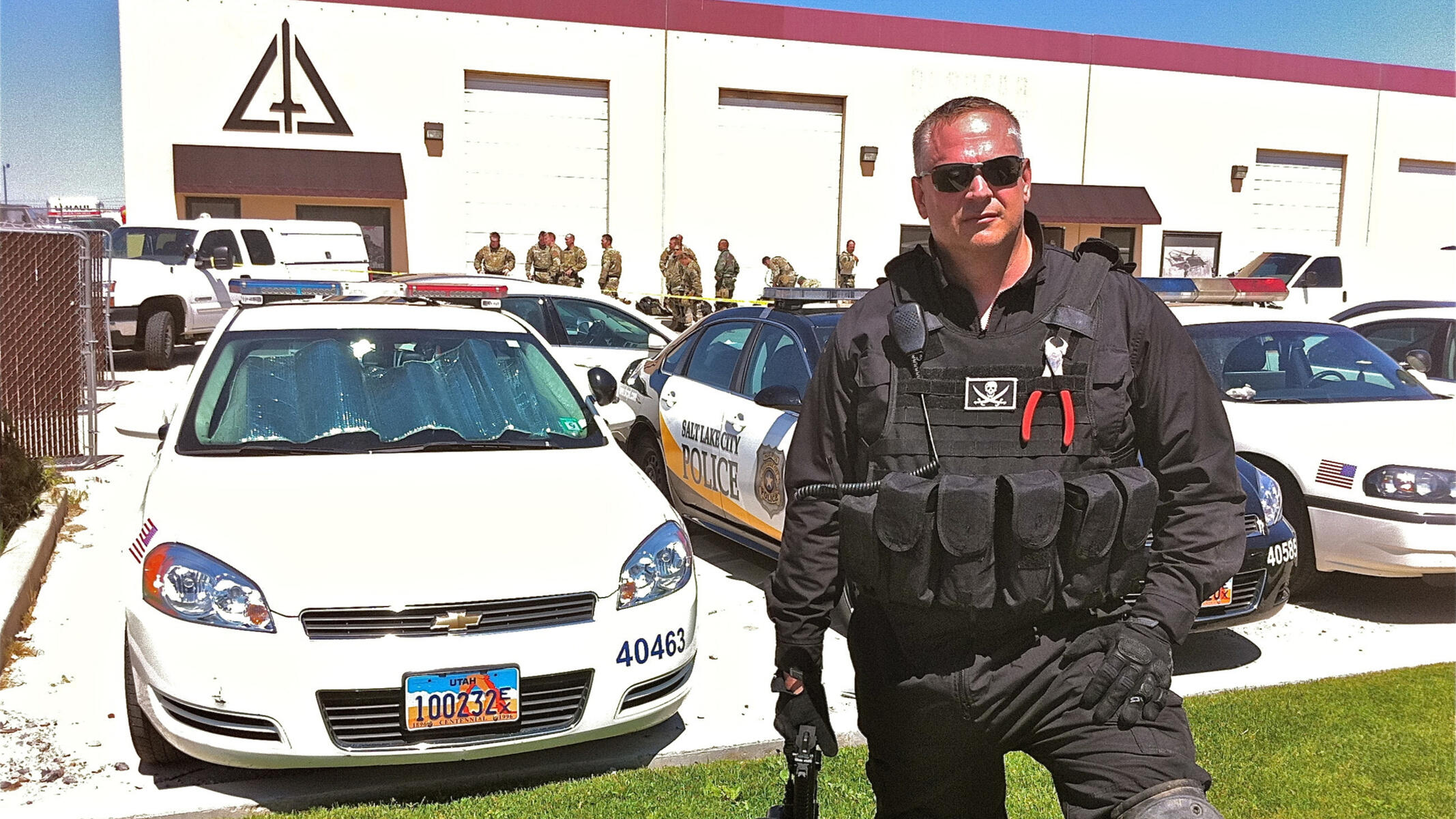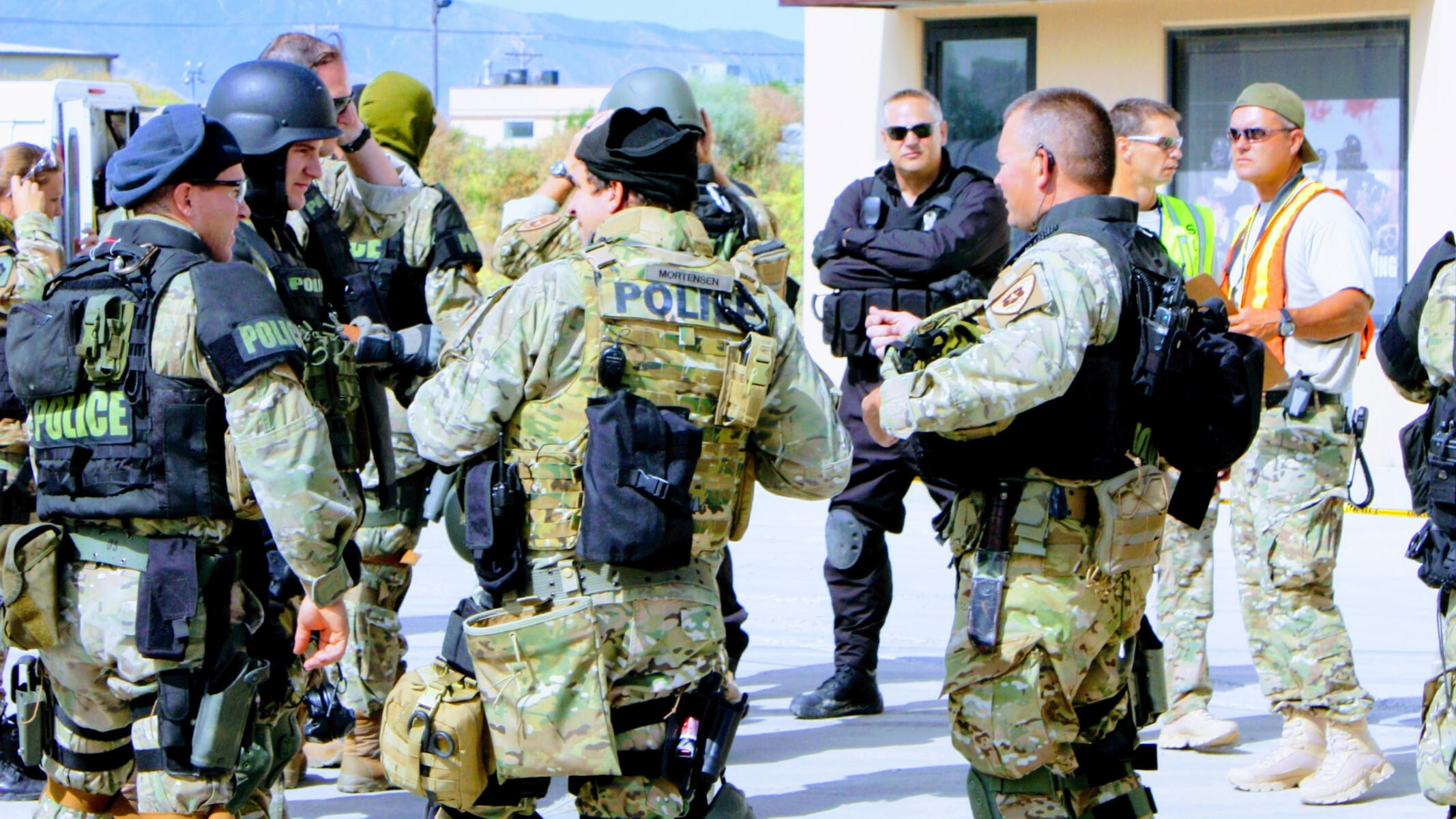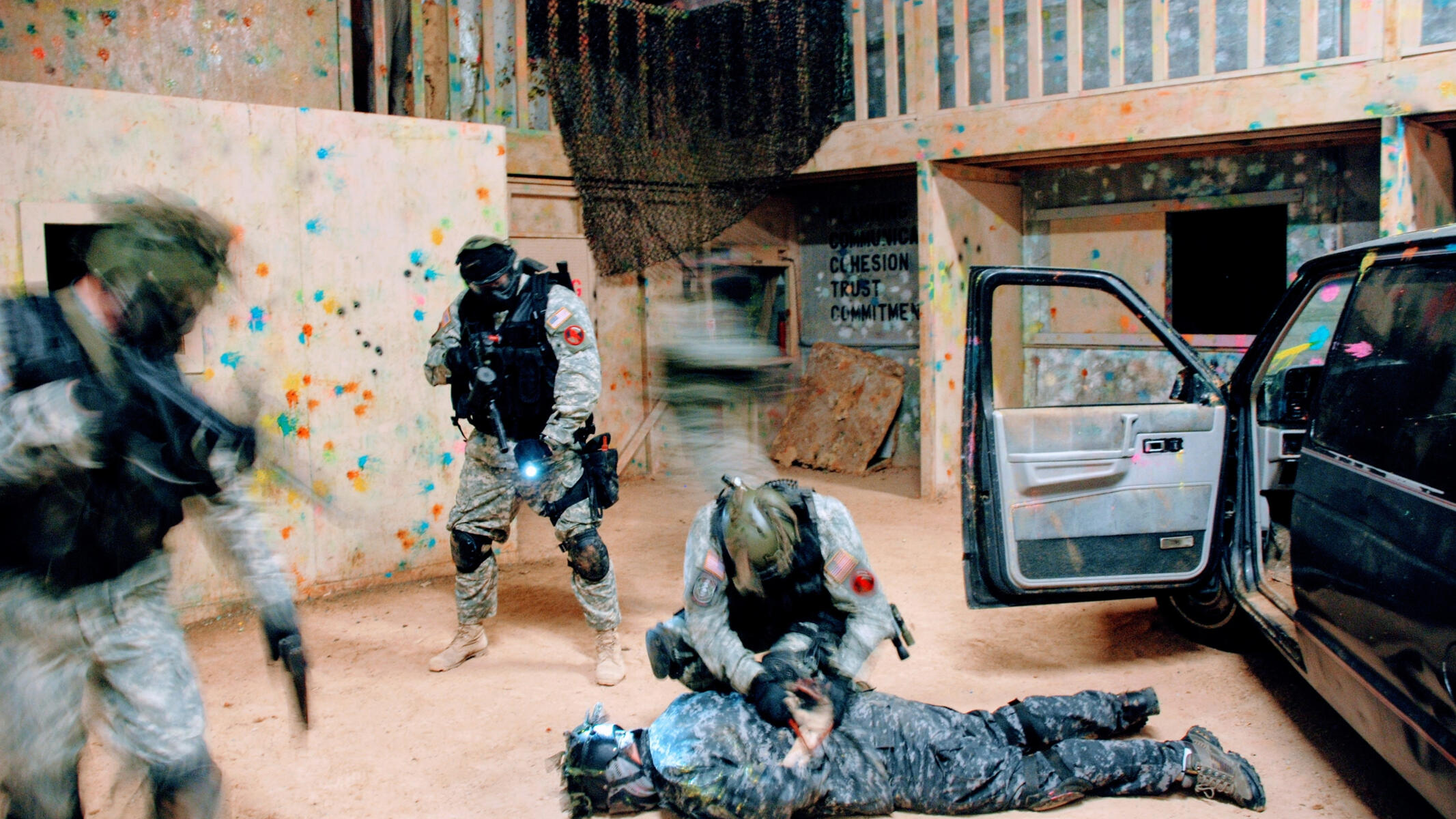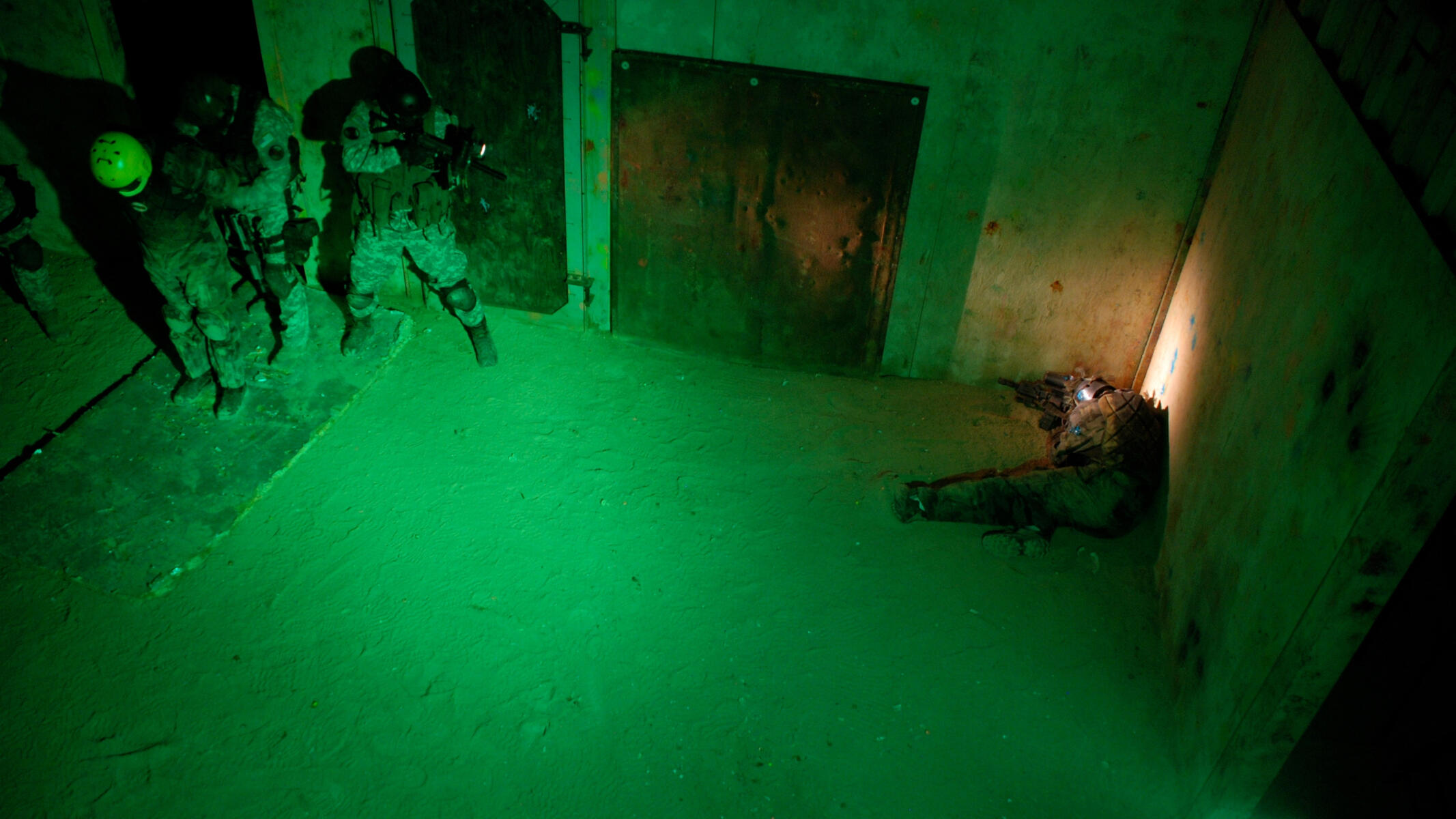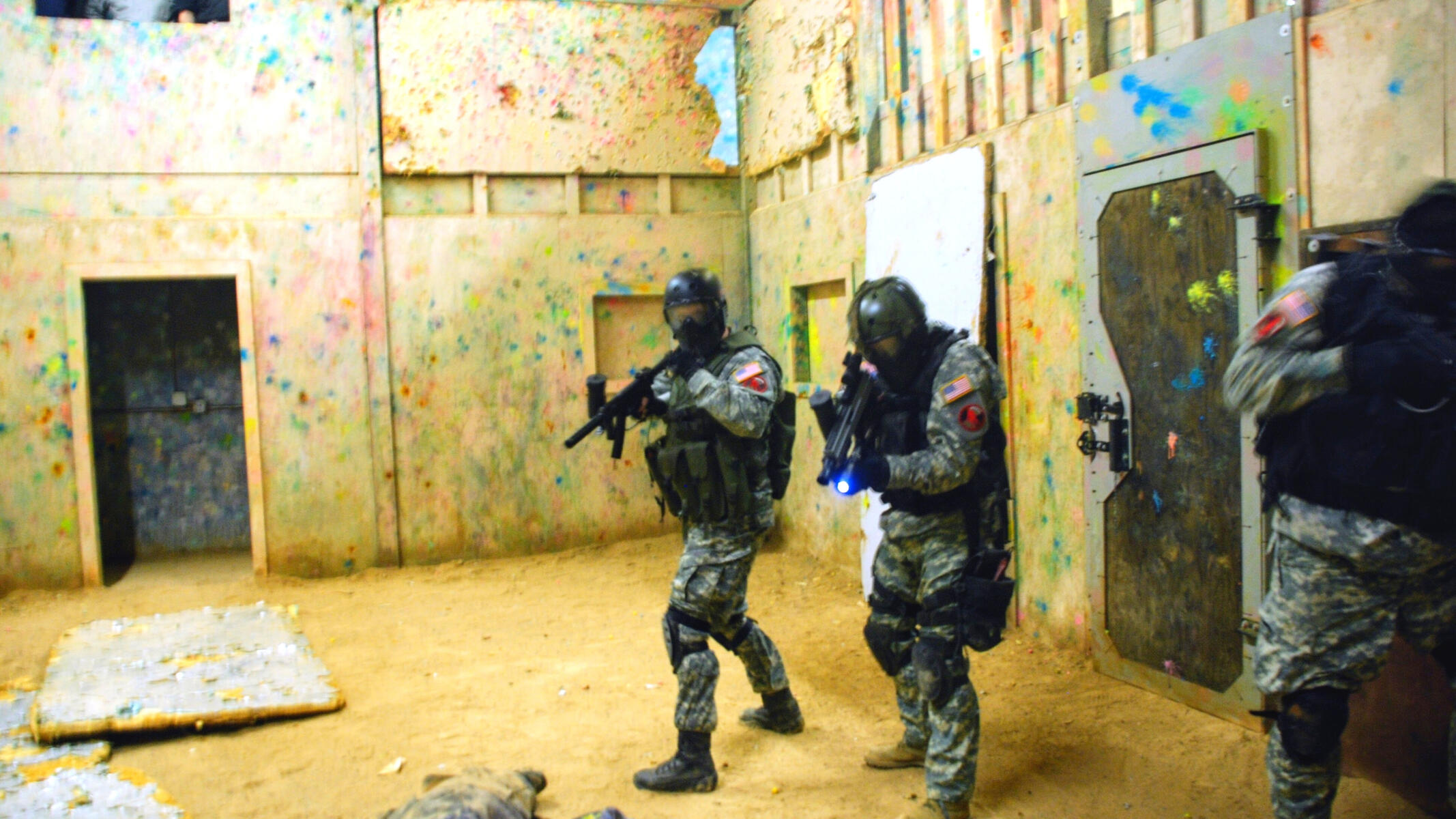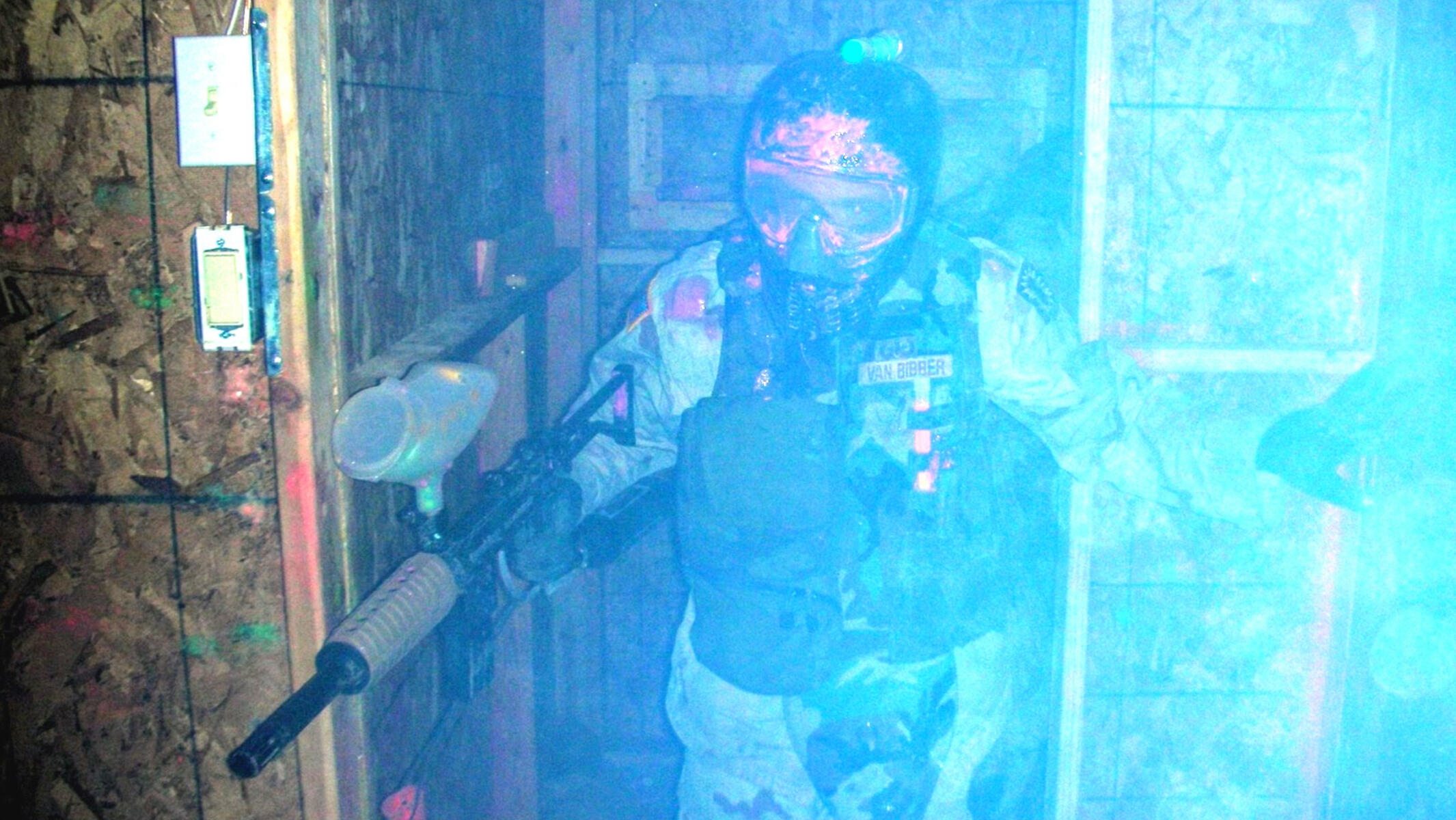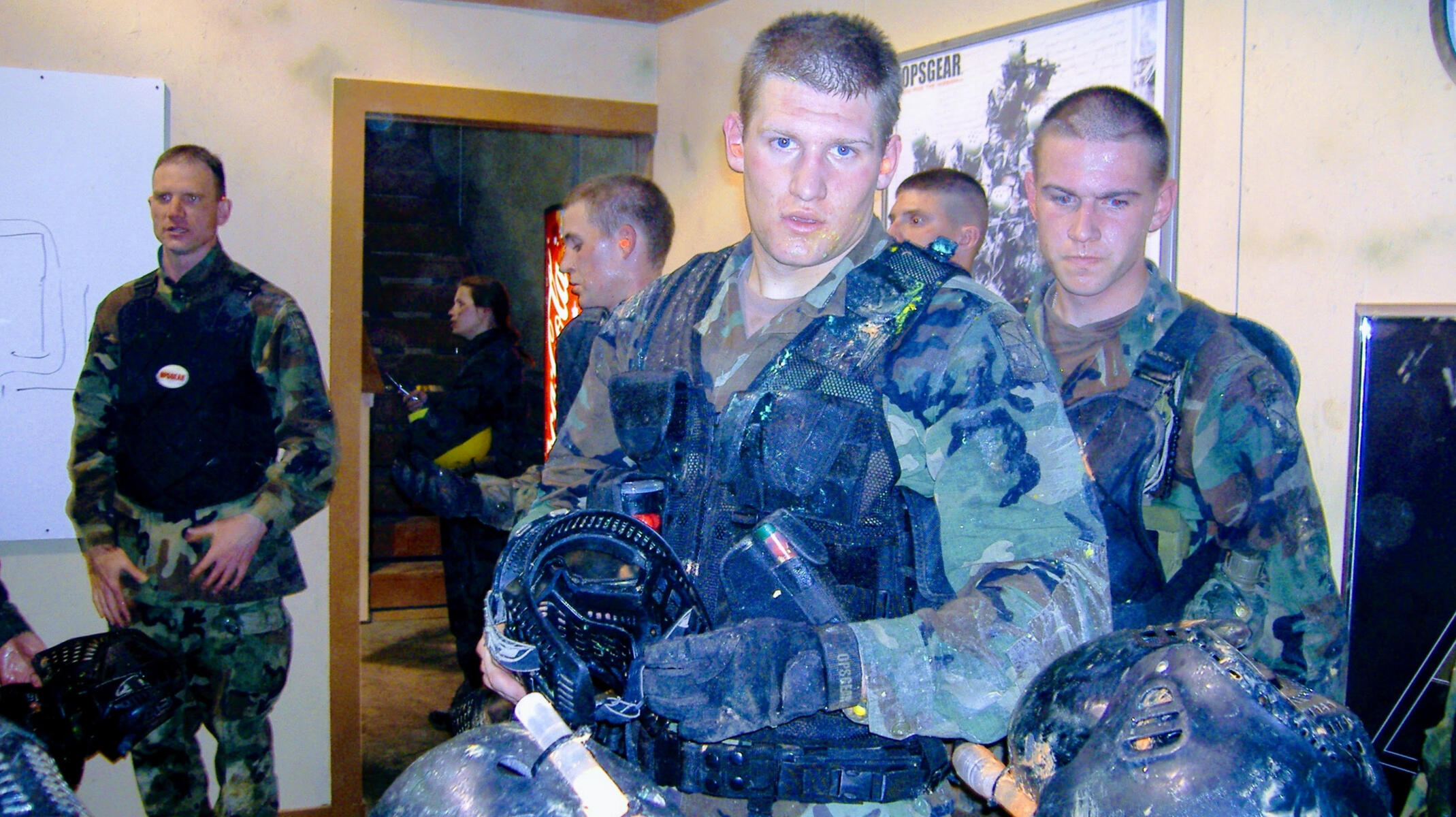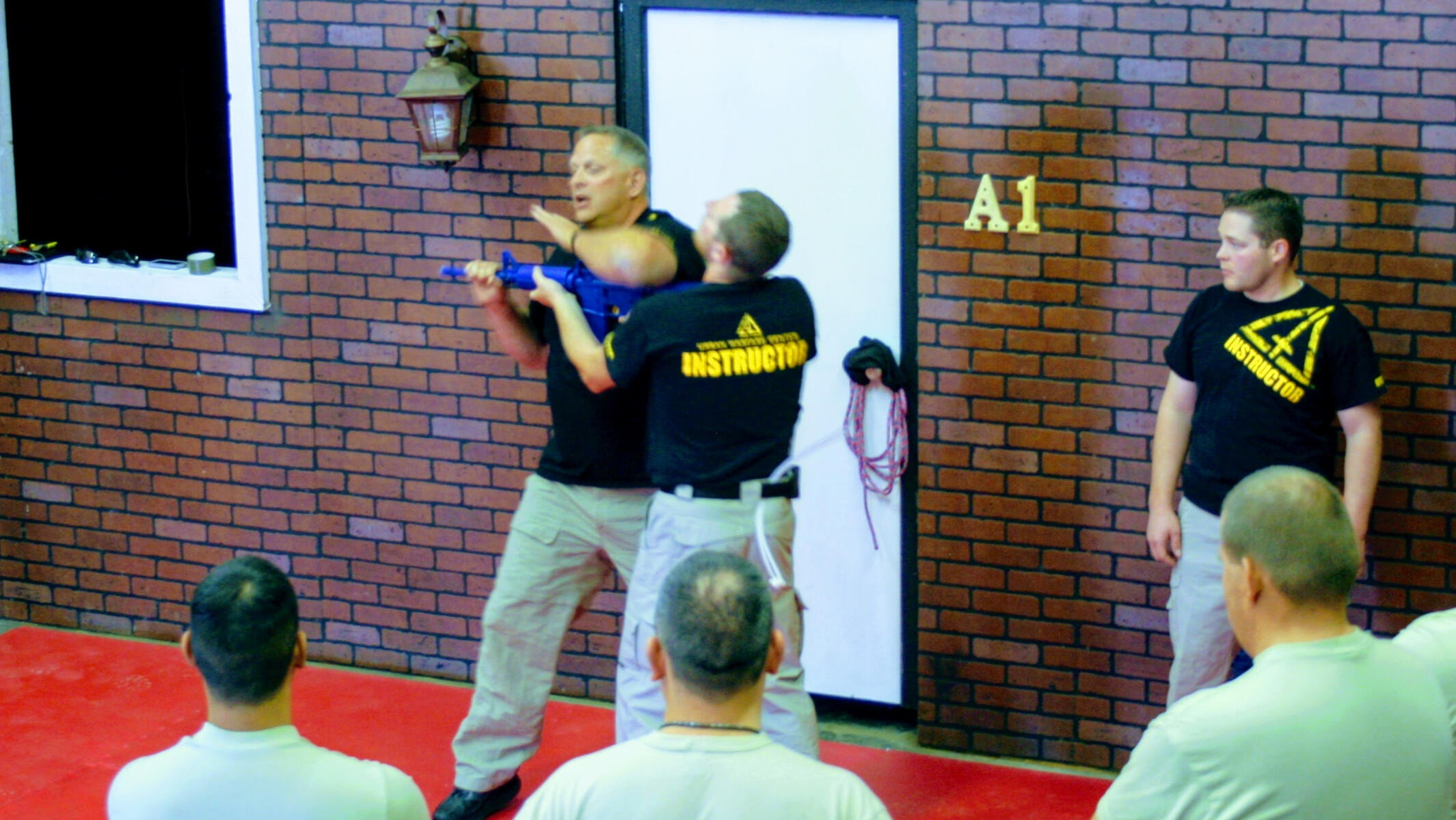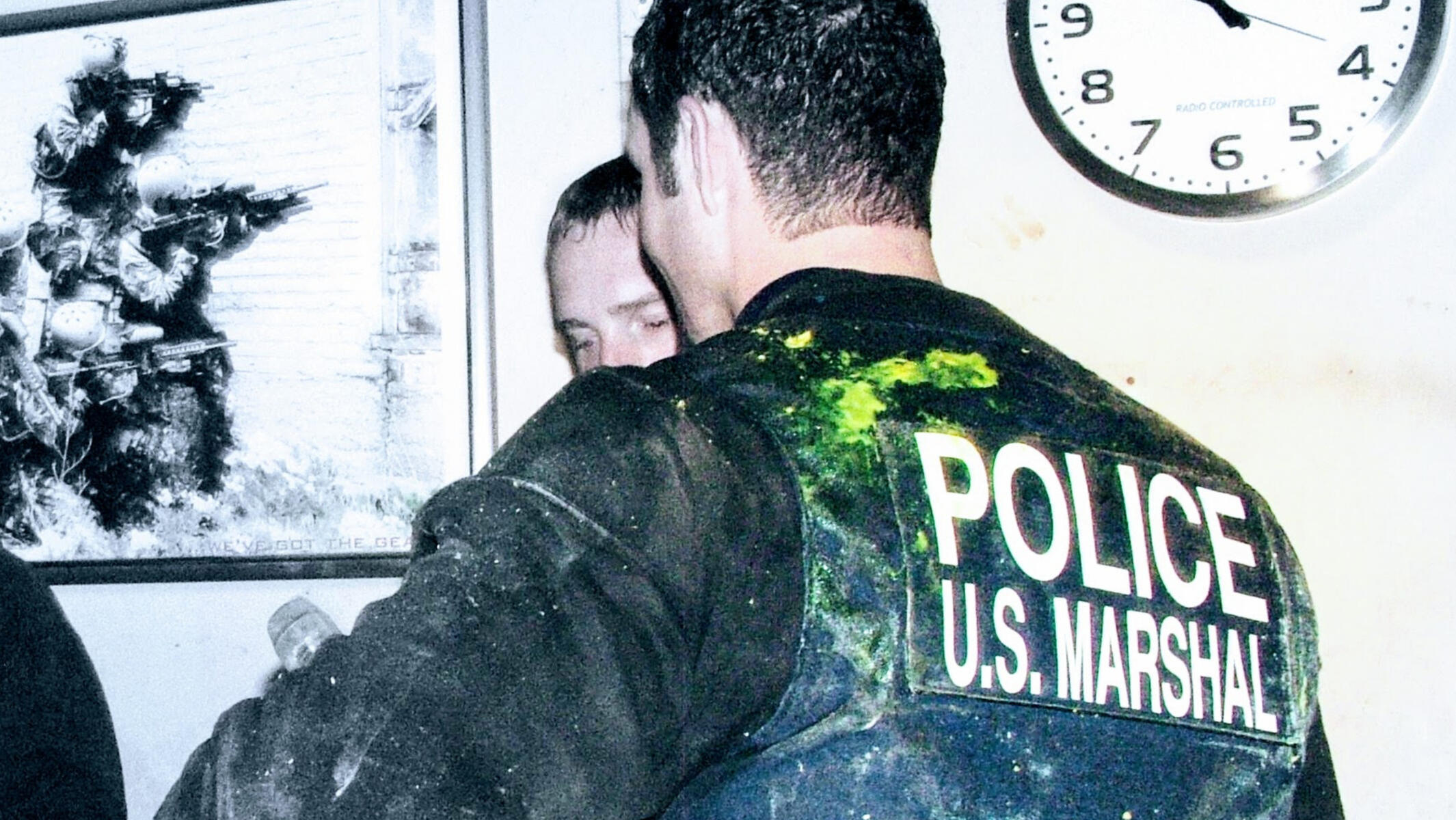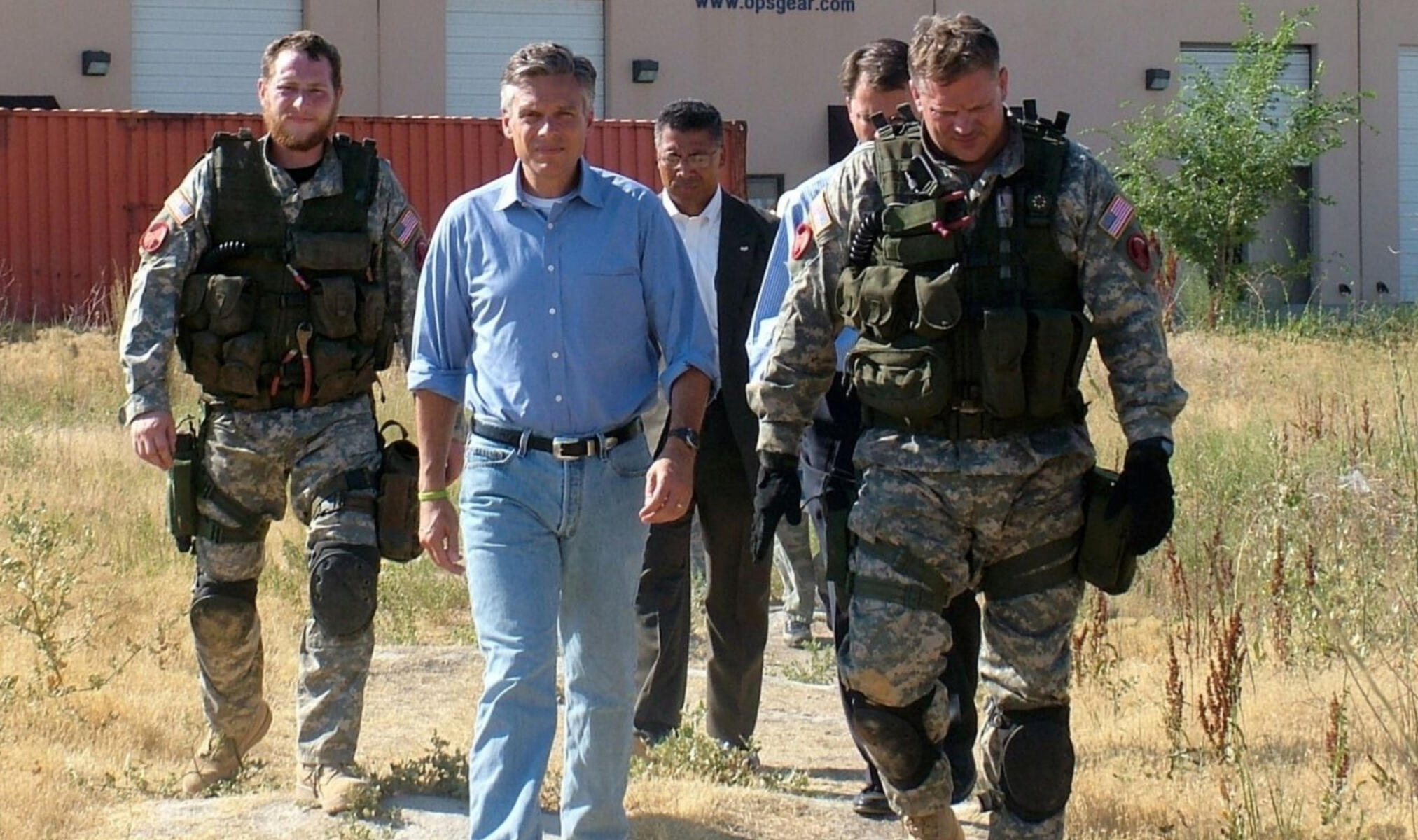
"We should remember that one man is much the same as another, and that he is best who is trained in the severest school."-Thucydides
The Urban Warfare Center
(2002-2012)
by David Burnell - Founder and Lead Instructor
Units and Agencies that Trained at The Urban Warfare Center
Introduction
The Urban Warfare Center® was forged in the wake of 9/11, driven by a belief that no good plan survives first contact with the enemy. More than a facility, it was a mission—a living, breathing environment designed to make warfighters better before they ever set foot on a battlefield. The events of that day lit a fire that couldn’t be ignored. We weren’t facing conventional enemies anymore; we were facing asymmetric threats, embedded in cities and shadows, striking with speed and chaos. Traditional training methods weren’t enough. We needed realism, pressure, and intensity that matched the environments our people were walking into.Born from my early experiences growing up in the street-level combat zones of Los Angeles, refined through my service in the U.S. Air Force during the 1980s, and sharpened by years of land and water-based Search and Rescue operations, the Urban Warfare Center became the synthesis of everything I’d learned about surviving under stress. It wasn’t built to impress—it was built to prepare. We opened it freely to deploying military units, police departments, and federal agents. No charge. No red tape. Just a commitment to give back to those who were putting everything on the line.Inside its walls, we created dynamic, scenario-based programs that immersed operators in unpredictable, high-threat situations—hostage rescues, CQB, high-stress decision-making under fire. Our goal wasn’t just to improve skills, but to harden the mindset. To bridge the gap between textbook tactics and real-world trauma. The Urban Warfare Center was our answer to a world on fire—a place forged in purpose, where warriors could bleed in training so they wouldn’t in combat.
A Mission Without Barriers
Founded in 2002, the Urban Warfare Center offered free training to police, federal agents, and military personnel. My motive was simple: eliminate any barrier that might prevent the person closest to the fight from getting the best possible training. Having grown up in a law enforcement family and served in special operations, I knew the cost of unpreparedness. This center was my way of leveling the playing field.
Harder Than the Real Thing
One of our instructors, a veteran of an active shooter engagement, once said, "Training should be harder than the real thing." That principle became gospel. Through sensory overload, violent realism, and tightly choreographed scenarios, we made the training so intense that the battlefield would feel familiar—and survivable.
Building the Facility
The idea first came to me while standing in a warehouse I'd just moved into from my garage. Next door, I envisioned a multi-level, less-than-lethal shoot house. My mind drifted back to a hostage rescue course I attended in England in the 1980s. The sensory pressure and psychological realism of that training changed me forever. I knew if I could recreate that intensity, I could help others survive the worst.Within 18 months, the 10,000-square-foot Urban Warfare Center became a world-class force-on-force training ground. Every hallway, room, and breach point was designed to simulate real urban combat. Everything was modular. We could choke the space down or open it up. We could isolate teams or force them into convergence.
Facility Features
A two-story prison module requiring vertical assault.
Long hallways adaptable into dead ends or extended funnels.
Window closures for dynamic sightline control.
Dozens of rooms for realistic clearing drills.
A ballistic breach door embedded for ramming.
Stairways and elevated structures.
A two-level apartment turned defensive bunker.
An operational van for IED scenarios and high-risk stops.
A hotel-style facade with extended lanes.
Elevated balconies for instructors and role players.
Courtyards for entry drills with observation platforms.
Interior vehicle access for patrol and military vehicle integration.
Crawl spaces, stairway voids, and low-light obstacles.
Key Principles Instilled
Surprise, speed, and violence of action
Leave no one behind
Wherever your nose goes, your muzzle follows
Don’t pay for terrain twice
Slow is smooth. Smooth is fast.
Two into danger
Tools and Weapons
Live fire was prohibited, but realism wasn't. We employed Simunitions, airsoft, and .68 caliber paintball markers—customized to match military weapon specs. Paintballs provided clear hits, team color ID, and a painful learning curve. Red and blue plastic training weapons were used during static drills.
The Combat Stress Program (CSP)
A cornerstone of our training is the Combat Stress Program™ (CSP), which embodies the philosophy that "no plan survives first contact with the enemy." This expertly crafted, immersive one-day course equips participants with the principles necessary for surviving and thriving in high-stakes combat situations. Through realistic, force-on-force scenarios utilizing cutting-edge marking gun technology, participants receive immediate feedback—rewarding successes and highlighting failures. The course has garnered acclaim from both deploying and returning troops, who attest to its authenticity that closely simulates the rigors of actual combat.Understandably, stress can prompt primal responses—fight, flight, or freeze. The CSP is meticulously designed to recognize and navigate these responses, ultimately enhancing mission success. Participants learn to manage their stress reactions, leading to improved reaction times and more effective threat responses.
Engaging the Five Physical Senses
Touch: We utilize modified paintball technology, specifically .68 caliber rounds filled with thick water-based paint. The impact is visceral; when participants are hit, they experience an immediate and undeniable feedback—the bright SPLAT of paint signifies successful engagement. The unique colors for "good guys" and "bad guys" also serve as clear indicators of friendly fire, enhancing situational awareness. With hundreds of thousands of rounds fired, the profound psychological impact of paintball technology on both the shooter and the recipient has proven invaluable.
Smell: The atmosphere is filled with the distinct aroma of gunpowder, dirt, and debris as specialized shotgun shells and simulators detonate. Our training environment capitalizes on the olfactory sense, which is strongly linked to memory, evoking the intensity of real combat experiences.
Sight: We manipulate light conditions, introducing extreme contrasts that can overwhelm vision. Participants may experience fogged safety gear or obscured visuals from paint splatter. These visual challenges cultivate confusion, prompting individuals to either flounder or adapt by seeking assistance, reinforcing the importance of teamwork.
Sound: Multiple channels of high-definition audio enhance the realism. Transitioning through various environments introduces a cacophony of sounds—crying babies, traditional Middle Eastern music, barking dogs, urgent female screams, and the chaos of battle juxtaposed with the thumping of helicopters. The auditory disarray necessitates reliance on hand signals and physical communication, sharpening non-verbal coordination skills.
Taste: The interplay of taste and smell heightens the training experience. When participants endure the shock of simulated engagements, the taste of paint or dirt may linger, merging with the olfactory stimuli to deepen the immersive realism.
Taken together, these elements create a multi-sensory training experience that prepares warriors to face the complexities and chaos of real combat environments, ensuring they are ready for whatever challenges lie ahead.
The Real Lessons
Once stress took hold, the real work began. We gathered units after each mission, asking: “What did you feel? What did you notice in yourself? Where did you fail?”
Principles emerged organically:
Stay out of funnels.
Slow is smooth; smooth is fast.
Alone, you die.
Communication beats firepower.
OPFOR (opposing forces) were trained not to win, but to teach. Through ego-less dominance, they punished bad habits and reinforced correct behaviors. And as the day progressed, so did the units. The second iteration of a mission always looked drastically different from the first. We were building warriors who could fight through the fog.
More Than Paintballs
We weren’t here to haze anyone. We weren’t trying to wash out the weak. But we applied enormous pressure—because that pressure revealed truth. Would your teammate freeze? Would you collapse inward or rise to lead?
By the end of each training day, we had commanders—seasoned warfighters—approach us and say, “I now know who in my unit I can count on.”That’s the gift of the Urban Warfare Center: early revelation.
The Arena: A Place for Warriors
Just like gladiators needed the Colosseum, modern warriors need their proving ground. The Urban Warfare Center became that place.I remember family and friends asking, “Why are you always in that shoot house?” My answer was always the same: because I needed a place bigger than a refrigerator box to roll in the dirt again. Because I needed a place where the chaos inside me made sense—and maybe, just maybe, could help someone else come home alive.
Legacy
The Urban Warfare Center has trained thousands of warfighters, federal agents, and police officers. We’ve hosted almost every federal agency, including DEA, FBI, Border Patrol, and multiple branches of the military. Even Salt Lake City SWAT recognized us with an award for delivering the “best stress inoculation training in the world.”
But accolades mean little compared to impact.One combat veteran who had trained with us found us years later at a trade show. He shook my hand and simply said, “Because of what we learned in your facility, we got into the fight quicker—and we got out alive.”There is no greater reward.The Urban Warfare Center was born from adversity. It is my battlefield turned into a sanctuary—a place where warriors can sweat, fail, fight, and learn before it’s for real.And if it means even one mother or father comes home to hug their child after deployment… then it was all worth it.
One commanding officer, after completing the Combat Stress Program with his unit at the Urban Warfare Center, offered a reflection that captured the essence of what we had built:
“What an experience! Pain and fear were very effective in molding us into a better team in a short amount of time. We all gained a new respect for each other. For one day, it didn’t matter who outranked who or how much money anyone made. We were all on the same level, and no one could do it alone. You had to trust others, and you knew others were depending on you. What a great experience to walk away from—without actually being in Iraq or Afghanistan.”
That kind of feedback reminded me that we weren’t just running drills—we were shaping warriors who would walk into real danger and come home because they were prepared.
Sharing
In 2005, I had the opportunity to introduce the Combat Stress Program to a group of British military instructors at the Infantry Battle School in Warminster, England. It was a surreal moment—standing among seasoned warriors in a land steeped in military tradition, sharing a program born from my own scars and hard-earned lessons. The Combat Stress Program wasn’t built from theory—it was forged through pain, trial, and a relentless desire to ensure that others would never enter a fight as unprepared as I once had. In that moment, I wasn’t just presenting a curriculum—I was offering a brotherhood of warriors a tool to inoculate their troops against the chaos of real combat. Their reception was one of curiosity and respect, and I knew then that the principles of stress exposure, behavioral benchmarking, and performance under pressure weren’t just American needs—they were universal truths for every soldier who might one day fight and bleed in the fog of war.


